There is quite a discussion in Germany these days about Tourisms and Ethics, ever since German politician (Klaus Brähmig of Merkel’s governing party CDU) called for a boycott of travel to Egypt and other “non-democratic” countries. It also comes up on Lufthansa’s latest move to not charge a “service fee” on their website.
 All in all, I am being questioned by many friends about topics, that make me wonder, how you could call Germany “social market economy” and not what it is: Capitalism! But that is not just in Germany, we talk about a global trend. If you believe in Capitalism, the world is good. The rich get richer, the poor get poorer and the middle class erodes one way or the other (likely “the other”).
All in all, I am being questioned by many friends about topics, that make me wonder, how you could call Germany “social market economy” and not what it is: Capitalism! But that is not just in Germany, we talk about a global trend. If you believe in Capitalism, the world is good. The rich get richer, the poor get poorer and the middle class erodes one way or the other (likely “the other”).
There was this video in 2006, I referred to ever so often: Shift Happens Narrated. I did not yet find a good update with 2011 figures, but believe it, it get’s worse.
Is capitalism the right answer? Everything that makes money is good? Do we learn from Exxon Valdez, Deep Water Horizon or the recent gas leakage in the North Sea? Obviously not.
 Recent reports claim that the international hydra Monsanto intentionally spreaded gene-manipulated (GM) corn crops in Mexico – against the law and in attempted secrecy. This way, they try to get a hold on Mexican farmers, who will in return be charged the “license” fees for using GM corn of Monsanto origin! There is no way, the corn could have reached the fields in a natural way, where it was found. Is everything allowed if it brings money?
Recent reports claim that the international hydra Monsanto intentionally spreaded gene-manipulated (GM) corn crops in Mexico – against the law and in attempted secrecy. This way, they try to get a hold on Mexican farmers, who will in return be charged the “license” fees for using GM corn of Monsanto origin! There is no way, the corn could have reached the fields in a natural way, where it was found. Is everything allowed if it brings money?
Lately (2010), a strong movement forced a political acknowledgement to the Human Right to Water! Do you see the little blue planet picture? But people starve to death, simply missing access to clear water! The consumption of bottled water in Germany exploded from 12.5 l in 1970 to about 130 l in 2006! Did you know that multinationals pump water in areas where the local people face a dry period? This happened even in Michigan, USA – it is not limited to third world countries. That is anti-social, unethical and simple capitalism of the worse kind.
And despite the growth of Solar Power and other alternative energy possibilities, our governments build atomic power plants where we don’t know how to get rid of the waste products, they support building of dirty coal power plants, emitting more Carbon-Dioxide than thousands of old cars could, simply dancing to the whistles of the energy lobbies. They let Greece go into a major crisis, simply to give the banks time, to move their foul papers to the state. Don’t believe it? There is extensive German coverage on Monitor, a bi-weekly report by public television channel ARD in it’s dossiers.
All that said… What about the travel industry?
 Many years ago, there was a question about the difference of a Tourist to a Terrorist. With tourists, there are no bombs involved, but the results are even more devastating… Yes, this is exaggerating. But thousands of divers ruin the coral reefs around the world. Thousands of tourists skiing the alps (or Rocky Mountains) have a devastating effect to that natural preserve. Aircraft exhausts are in high altitude, having a worse effect than ground time. But even back in 2007/08, when I was involved in the feasibility study for a WIG, all development I hear about is “less kerosene”, bio-fuels replacing kerosene (with unknown new side-effects), but that project stalled with the world financial crisis and seems to be of a low priority. Coutries like the Maldives could replace their entire local aircraft fleet and replace by a clean alternative.
Many years ago, there was a question about the difference of a Tourist to a Terrorist. With tourists, there are no bombs involved, but the results are even more devastating… Yes, this is exaggerating. But thousands of divers ruin the coral reefs around the world. Thousands of tourists skiing the alps (or Rocky Mountains) have a devastating effect to that natural preserve. Aircraft exhausts are in high altitude, having a worse effect than ground time. But even back in 2007/08, when I was involved in the feasibility study for a WIG, all development I hear about is “less kerosene”, bio-fuels replacing kerosene (with unknown new side-effects), but that project stalled with the world financial crisis and seems to be of a low priority. Coutries like the Maldives could replace their entire local aircraft fleet and replace by a clean alternative.
I hear a lot about the “reduced noice levels” of aircraft, but in the discussion about the night flight ban in Frankfurt, I asked publicly, where there are hard facts about this? How did the noise levels reduce and why are the airports then paying new millions every year in counter-noise-modifications in their neighborhood?
Many meetings could be replaced by professional video conferencing, but our managers keep the “need” to meet for their routine meetings “in person”. Trains focus on high speed route networks in competition to air (and that makes sense), at the same time neglecting the local traffic – how to commute from a small township to the bigger town for work?
Yes, I love aviation, I am an airliner by vocation. But yes, I have a soul and yes, I question the tendency to keep status quos without need. The feasibility study provided figures that such a solution would pay off within maximum three years, then it’s a cash cow. It could revive the old harbor cities (the ones on the seaside). But such revolutionary developments are opposed by the “old school”, all the investment going into the airport infrastructure.
Responsibility begins with each and everyone of us. We are supposed to be Christian’s, but Christian behavior would call for social behavior and I cannot see such. The question is: Where will we be in 100 years? Watch the “Shift Happens” video again:
 Name this country
Name this country
Richest in the World. Largest military. Center of world business and finance. Strongest education system. World center of innovation and invention. Currency the world standard of value. Highest standard of living.
… England … In 1900!
How did travel develop in the past 100 years. People traveled by ships, horse carriage and some railroad systems. Just a 100 years ago, Titanic sunk. Today it takes less than six hours to travel from Frankfurt to Boston. In the 60’s, American Airlines and IBM invented Sabre and revolutionized the distribution of airline seats. I was with American, when they started to provide Sabre terminals to the first travel agencies in Germany – which have already gained experience with the START-system, accessing the Lufthansa “Res”-system through a pre-windows environment! In 1996, as the “GDS Coordinator” I was primary element for the development of the first Internet Booking Engine for business travel (air, hotel, car). We had “e-Mail” (called “SITA-Telex”) in the late 80’s, no one spoke about “Internet” then. But I also introduced the “Internet” and the new “World Wide Web” to the Airline Sales Representatives Association back in 1994, recommending i.e. Continental Airlines to register their domain name for a few bucks quickly. They sure ignored my recommendation and for years used “www.flycontinental.com” instead.
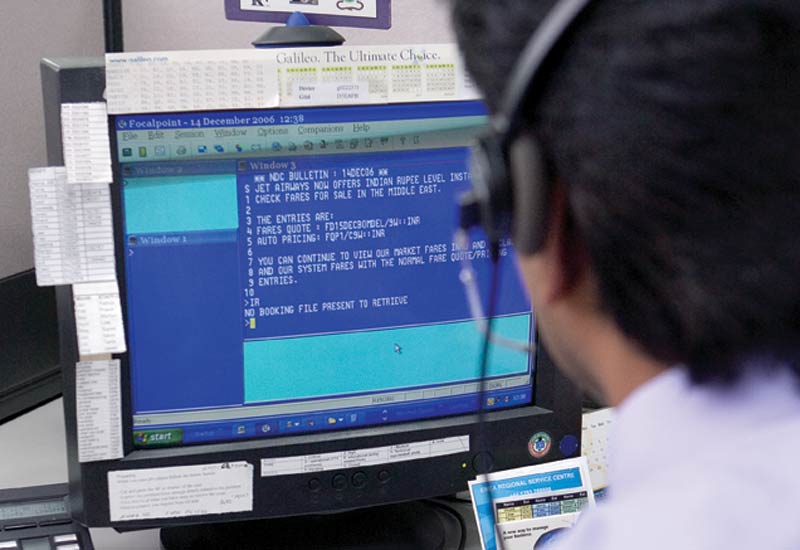 Is that “you”?
Is that “you”?
What is our business? Is it to manage a GDS? Many travel agents (seem to) believe so. Then we are database operators. AN20MAYFRAHKT18 – that is a database request. Is your business to issue tickets? Then you are no longer needed, as eTicket is the new standard.
What was “your business” 100 years ago? It was not to book the air ticket and the hotel. It was a complete consulting, how to get Grammy from her home in Middlesex to Aunt Cathy, who emigrated with her husband to this new colony Swaziland in the South of Africa. Could she use some of the new airplane-routes? Where could she use trains? Where were carriage routes? What vaccinations would she need, where would she stay overnight, what could she do on the multi-day-stops en-route?
Or you booked the summer seaside. If you lived in England, you were lucky, you could book one of the “packages” offered by some “Thomas Cook”. Else, you had to read a lot about the “common” spas, recommend and explain you client the advantages, book the trip, the hotel, the treatments.
And yes, it was expected from you to be knowledgeable about the countries, their political, cultural, economical and social systems. If you traveled to an Islamic country, what are the rules? Why to be careful and patient about cows in India. And to know that India was British colony. Sometimes I wonder, how many of the people selling “Seidenstraße” ever learned some detail about Marco Polo. Venice, Genoa have been the center of the world those days – the “seafaring nations”. Frankfurt, London, Atlanta, Peking are the centers today – of the “airfaring” world. What are “nations” in a globalizing world? But U.N. is a toothless tiger. Lybia, Tunesia and Egypt were (as Kuwait) some years ago immediately targets of military – for the sake of crude oil. But in Syria thousands are slaughtered, but they are not a capitalist necessity, so the world looks and doesn’t do.
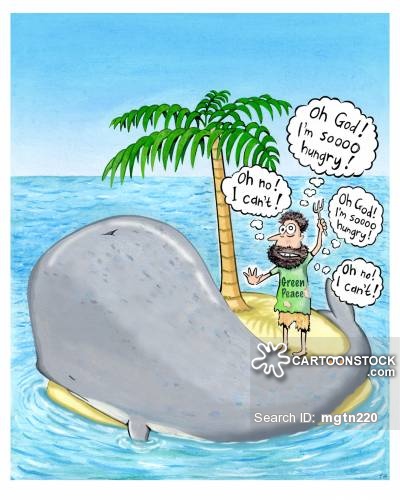 An old saying says: Don’t talk about ethics to a hungry man!
An old saying says: Don’t talk about ethics to a hungry man!
Ethics begins with myself. Do I fly or drive – or do I take a train? Is the trip necessary? Can I achieve the same outcome with a video-conference and e-Mail? It is also about: Is this to the best of my employer – or do I justify the trip, simply because I want to see someone – or get somewhere. And it is about: Can I help to make this world a better place?
Yes, companies are about making money. But if only money rules, we adore the Golden Calf again. How un-Christian can we get? Talk to me about Ethics in Tourism. Yes, we got to survive. But at all cost?
The travel industry prospers, but for some reason, the employees do not participate. It’s all about money. Is it?
Food For Thought
And as usual, your comments – private or in the blog – are appreciated…
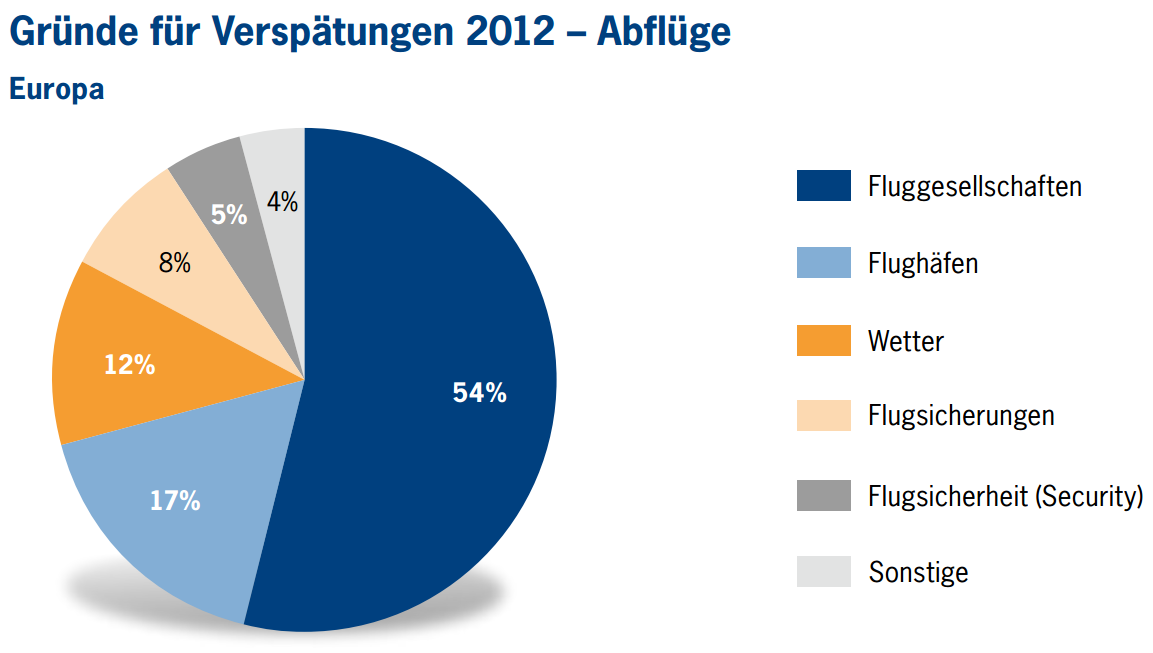 German DFS (Air Navigation Services Provider) published the DFS Mobility Report (German). No translation needed, I find page 14 of great interest to the airlines…
German DFS (Air Navigation Services Provider) published the DFS Mobility Report (German). No translation needed, I find page 14 of great interest to the airlines…![“Our Heads Are Round so our Thoughts Can Change Direction” [Francis Picabia]](https://foodforthought.barthel.eu/wp-content/uploads/2021/10/Picabia-Francis-Round-Heads.jpg)
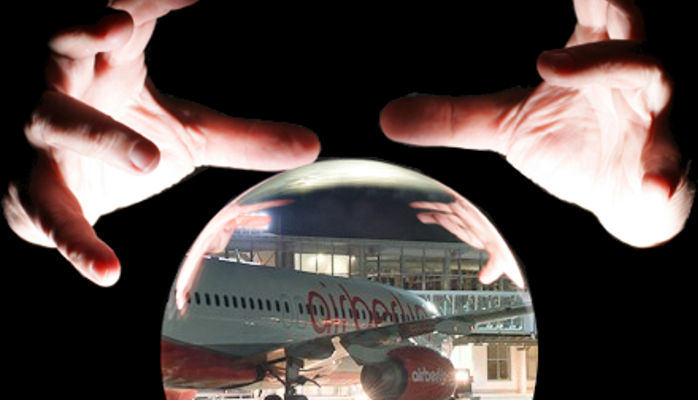



 Many years ago, there was a question about the difference of a Tourist to a Terrorist. With tourists, there are no bombs involved, but the results are even more devastating… Yes, this is exaggerating. But thousands of divers ruin the coral reefs around the world. Thousands of tourists skiing the alps (or Rocky Mountains) have a devastating effect to that natural preserve. Aircraft exhausts are in high altitude, having a worse effect than ground time. But even back in 2007/08, when I was involved in the
Many years ago, there was a question about the difference of a Tourist to a Terrorist. With tourists, there are no bombs involved, but the results are even more devastating… Yes, this is exaggerating. But thousands of divers ruin the coral reefs around the world. Thousands of tourists skiing the alps (or Rocky Mountains) have a devastating effect to that natural preserve. Aircraft exhausts are in high altitude, having a worse effect than ground time. But even back in 2007/08, when I was involved in the  Name this country
Name this country Is that “you”?
Is that “you”?
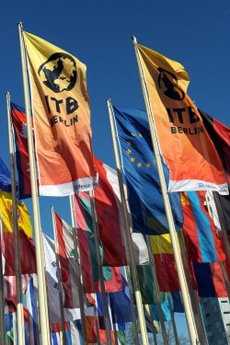 Referring to the air traffic taxes in the U.K., Ireland and Germany, a renowned consultant lately compared tourism politics in the Middle East / Emirates and in Europe. In the Emirates, aviation and tourism are considered economic factors – in Europe a cash cow for the politicians…
Referring to the air traffic taxes in the U.K., Ireland and Germany, a renowned consultant lately compared tourism politics in the Middle East / Emirates and in Europe. In the Emirates, aviation and tourism are considered economic factors – in Europe a cash cow for the politicians…
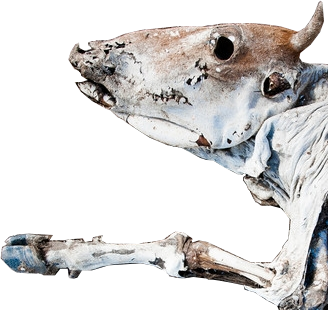 Another topic of the same issue: The European Safety Umbrella (ESFS or whatever new name they give it). Currently Germany guarantees 230 Billion Euro of that one – the country’s household last year was 355 Billion Euro… We better hope that Greece survives. But what I miss to see, is an active political support for the Greek tourism industry. All the experts emphasize Tourism to be the major economic driver and business for Greece, but thanks to the political hick-hack, the Tourism is in recession there! It might be wise to invest some of the money to stabilize (maybe provide guarantees and affordable credits to businesses) to assure Greece tourism companies to survive and even prosper…? But the politicians now focus on Tunisia, Egypt and other areas, neglecting Greece and thus giving the wrong signal.
Another topic of the same issue: The European Safety Umbrella (ESFS or whatever new name they give it). Currently Germany guarantees 230 Billion Euro of that one – the country’s household last year was 355 Billion Euro… We better hope that Greece survives. But what I miss to see, is an active political support for the Greek tourism industry. All the experts emphasize Tourism to be the major economic driver and business for Greece, but thanks to the political hick-hack, the Tourism is in recession there! It might be wise to invest some of the money to stabilize (maybe provide guarantees and affordable credits to businesses) to assure Greece tourism companies to survive and even prosper…? But the politicians now focus on Tunisia, Egypt and other areas, neglecting Greece and thus giving the wrong signal. What “strategy” does the political elite in Germany and Europe have for Tourism as an economic factor? What are the lobbying organisations doing – and why is the tourism industry so weak?
What “strategy” does the political elite in Germany and Europe have for Tourism as an economic factor? What are the lobbying organisations doing – and why is the tourism industry so weak?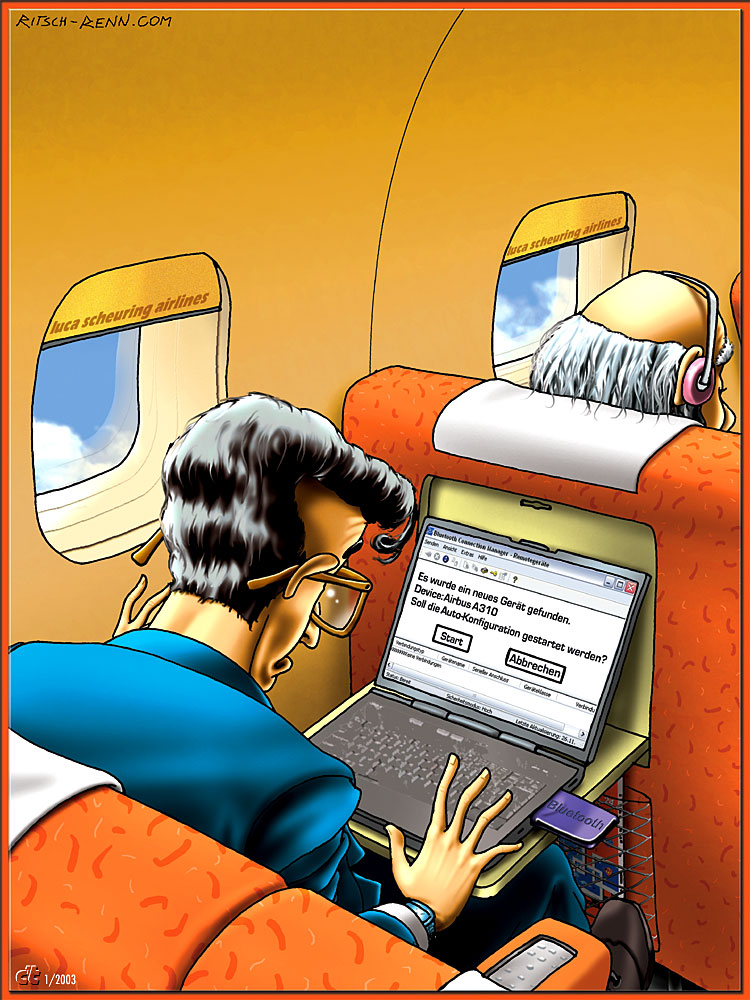


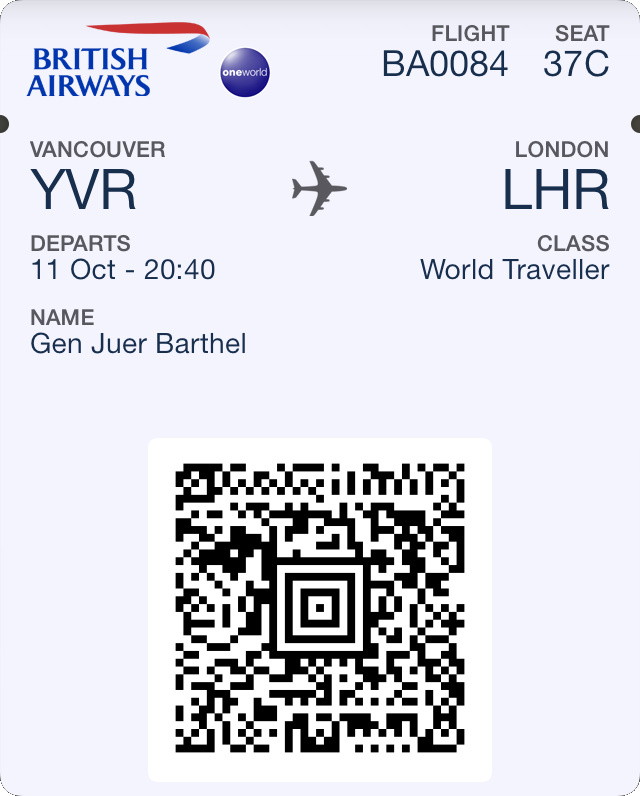
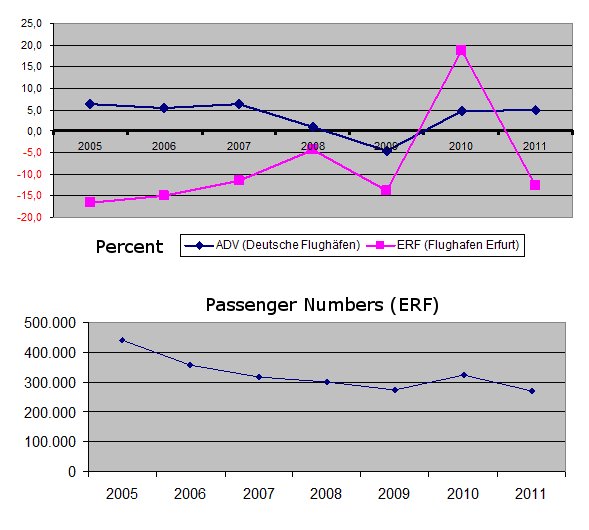 In order to complete my statistics about the passenger development before / during / after I’ve been working at
In order to complete my statistics about the passenger development before / during / after I’ve been working at 
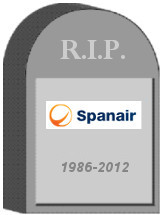 Recently,
Recently, 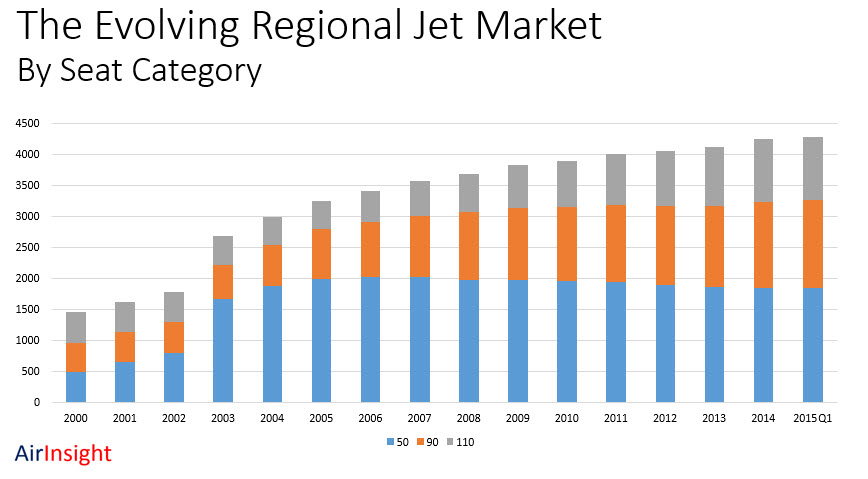
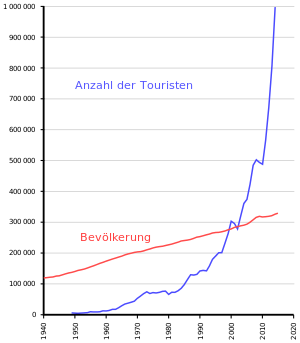 German Tourism Association DTV reports a record year in German Tourism1, German Airport Association ADV reports a passenger record2 – the same news reaches us from all over the world… Crisis? What Crisis?
German Tourism Association DTV reports a record year in German Tourism1, German Airport Association ADV reports a passenger record2 – the same news reaches us from all over the world… Crisis? What Crisis? Airbus Industry reports a record order backlog, with the Airbus 320-family (mostly 319+320) being the most demanded aircraft in the world today… Crisis? What Crisis?
Airbus Industry reports a record order backlog, with the Airbus 320-family (mostly 319+320) being the most demanded aircraft in the world today… Crisis? What Crisis?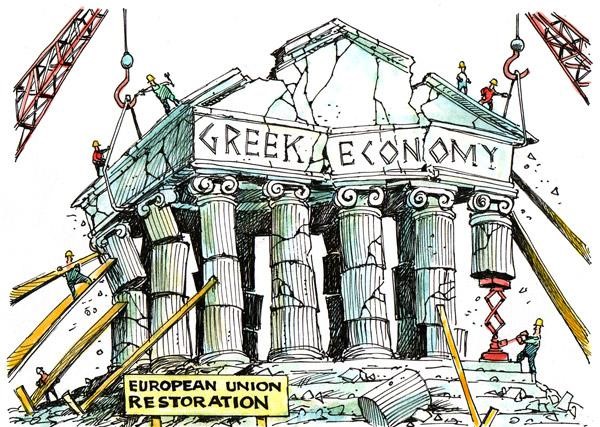 The Greece Prime Minister informed the EU years ago about the inevitable bankruptcy. The politicians avoided that at all cost, their delay tactics gave the banks the opportunity to move all risk from the banks to the tax payers. Thank you Mr. Ackermann, thank you Mrs. Merkel! Thanks to such “politics”, no longer the banks are “challenged”, but the European states are! This is no “sitting it out” of our representatives of state, but I call it criminally corrupt! Crisis? What Chrisis?
The Greece Prime Minister informed the EU years ago about the inevitable bankruptcy. The politicians avoided that at all cost, their delay tactics gave the banks the opportunity to move all risk from the banks to the tax payers. Thank you Mr. Ackermann, thank you Mrs. Merkel! Thanks to such “politics”, no longer the banks are “challenged”, but the European states are! This is no “sitting it out” of our representatives of state, but I call it criminally corrupt! Crisis? What Chrisis?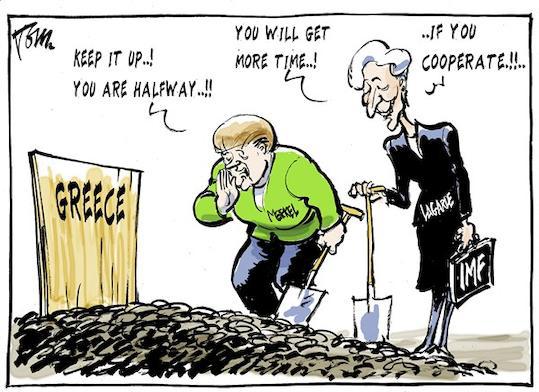
 If they would have any “strategy”, they would make the beer-tab-tax-report a reality and safe millions of Euro in tax administrative cost. They would make travel and tourism a strategy. They would seek minimum wages and support future development like solar industry – and not add tax burdens on them. As they would support families, enabling them to combine business and family – and have day care for the children (something I found painfully amiss myself last year!)
If they would have any “strategy”, they would make the beer-tab-tax-report a reality and safe millions of Euro in tax administrative cost. They would make travel and tourism a strategy. They would seek minimum wages and support future development like solar industry – and not add tax burdens on them. As they would support families, enabling them to combine business and family – and have day care for the children (something I found painfully amiss myself last year!) You may have seen these ornament-like looking stuff on the back of the supermarket labels, electronics superstores and such and may have wondered what it is. It is the future…
You may have seen these ornament-like looking stuff on the back of the supermarket labels, electronics superstores and such and may have wondered what it is. It is the future… Now consider this scenario:
Now consider this scenario: Your car approaches the airport. The intelligent airport parking system directs you to the best (or pre-reserved or VIP) parking lot available. When you exit the car, your suitcase (known from a previous flight to be yours) is identified. You need no bag-tag, as it is already tagged with it’s own RFID. While you enter the terminal dropping of the bag at one of the default baggage check-in-machines, your passport is triggered and directly identified. It contains a (chipped) visa for your destination. Your seat and boarding gate, together with an invitation to the VIP-lounge is transmitted to your smart phone. As you accessed the airport WiFi before, you are automatically connected to it, no 3G-charges apply. You walk through security, having your carry-on and your retina (eye-identification) checked, but as your boarding pass is your RFID and your passport is known, you are not further held back. As you miss your departure time while working in the lounge, the system detects you. You are not called out publicly, but the lounge manager approaches you and reminds you to get to the gate quickly.
Your car approaches the airport. The intelligent airport parking system directs you to the best (or pre-reserved or VIP) parking lot available. When you exit the car, your suitcase (known from a previous flight to be yours) is identified. You need no bag-tag, as it is already tagged with it’s own RFID. While you enter the terminal dropping of the bag at one of the default baggage check-in-machines, your passport is triggered and directly identified. It contains a (chipped) visa for your destination. Your seat and boarding gate, together with an invitation to the VIP-lounge is transmitted to your smart phone. As you accessed the airport WiFi before, you are automatically connected to it, no 3G-charges apply. You walk through security, having your carry-on and your retina (eye-identification) checked, but as your boarding pass is your RFID and your passport is known, you are not further held back. As you miss your departure time while working in the lounge, the system detects you. You are not called out publicly, but the lounge manager approaches you and reminds you to get to the gate quickly.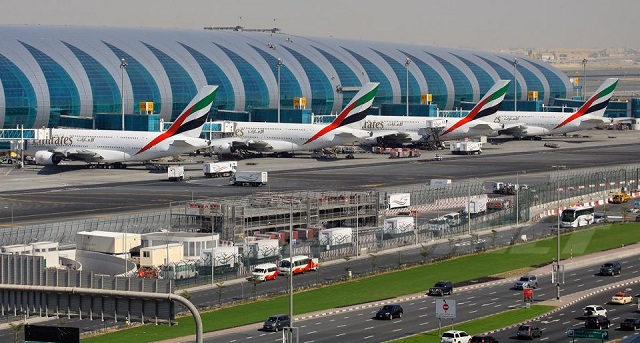 In
In 
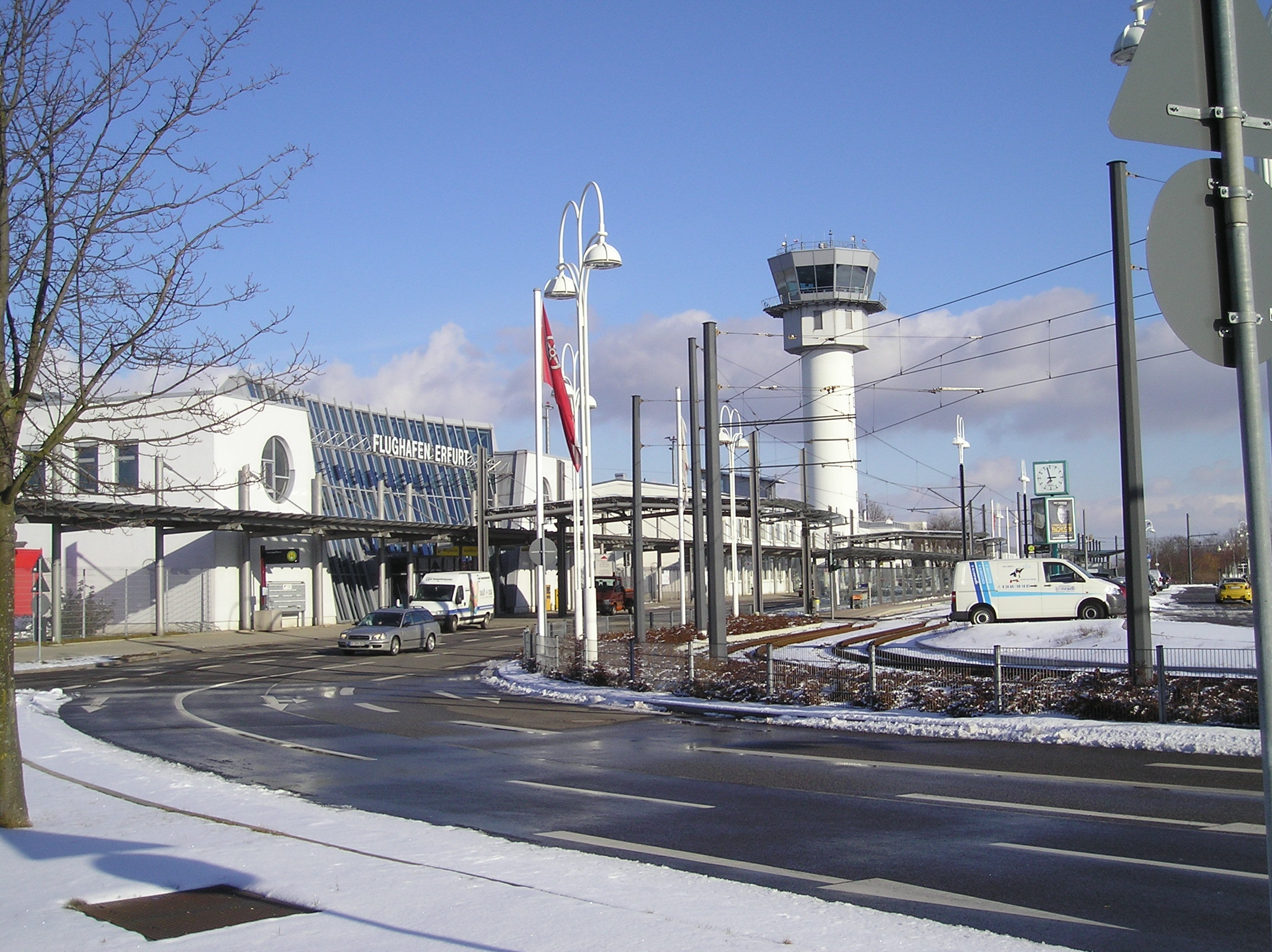 Many of you have heard or seen that I became responsible Head of Marketing at
Many of you have heard or seen that I became responsible Head of Marketing at